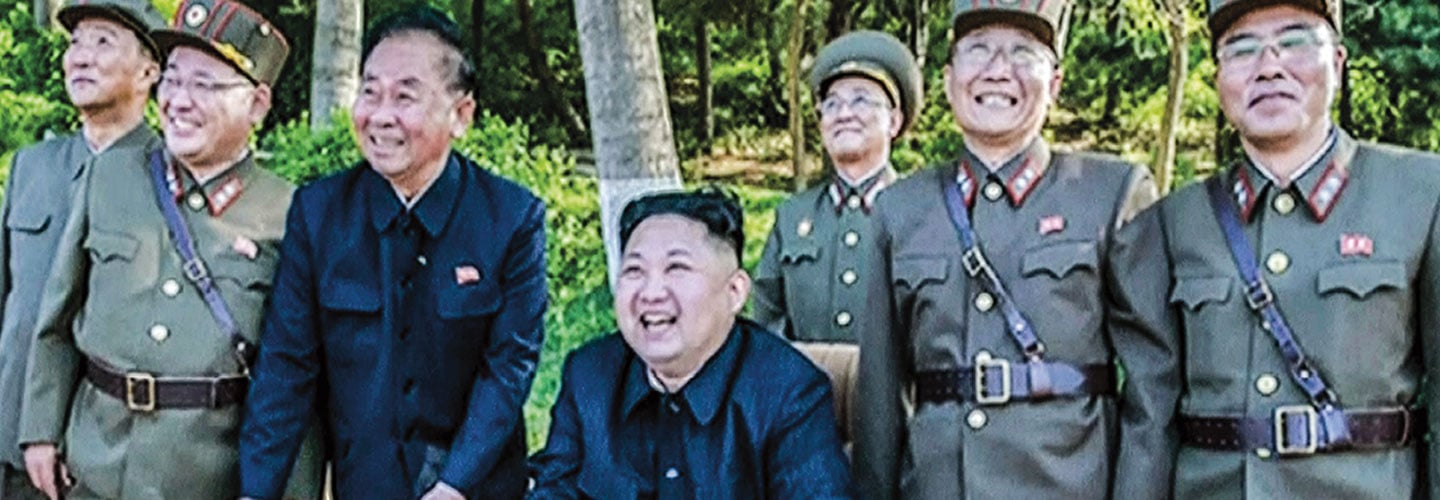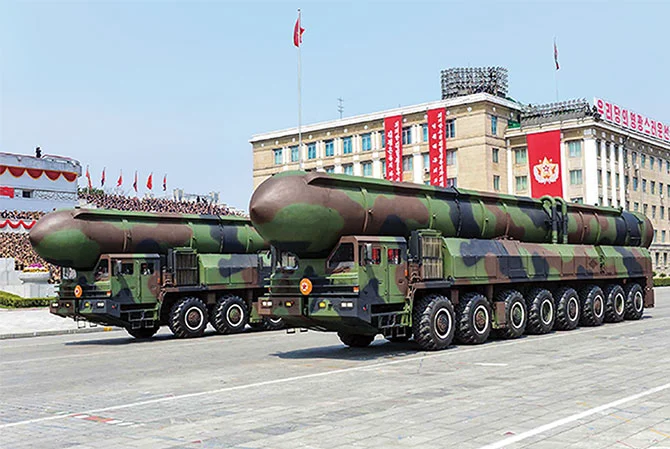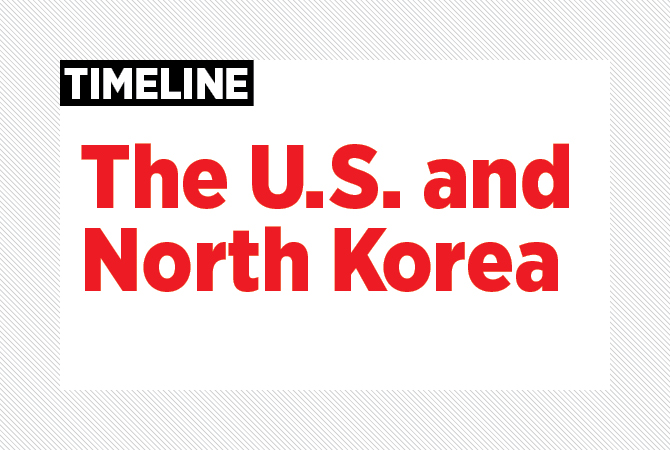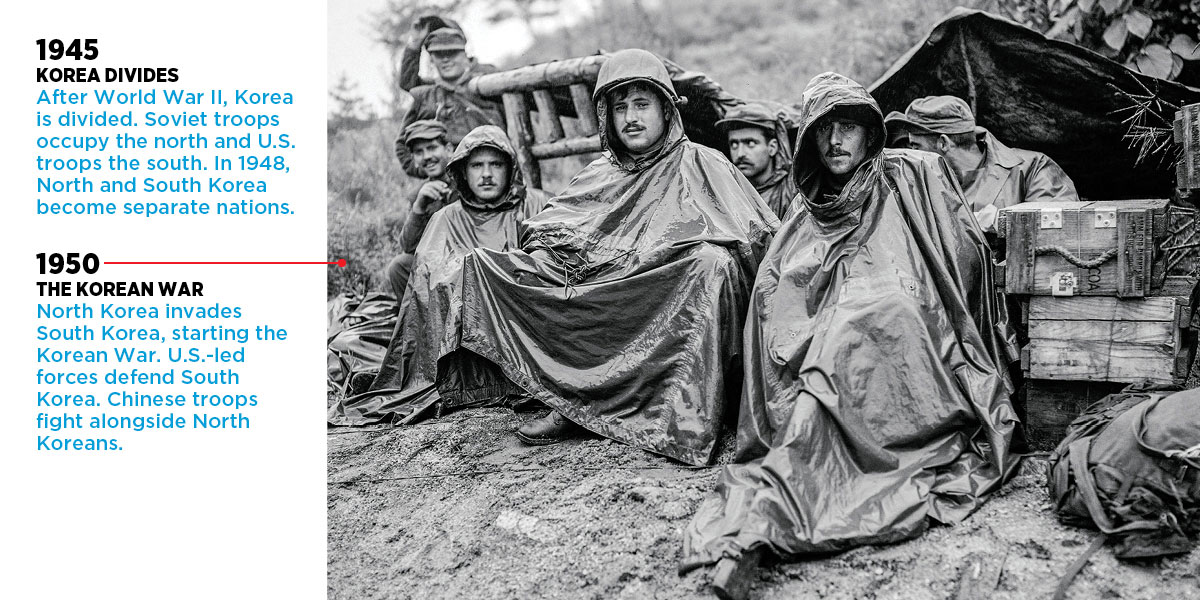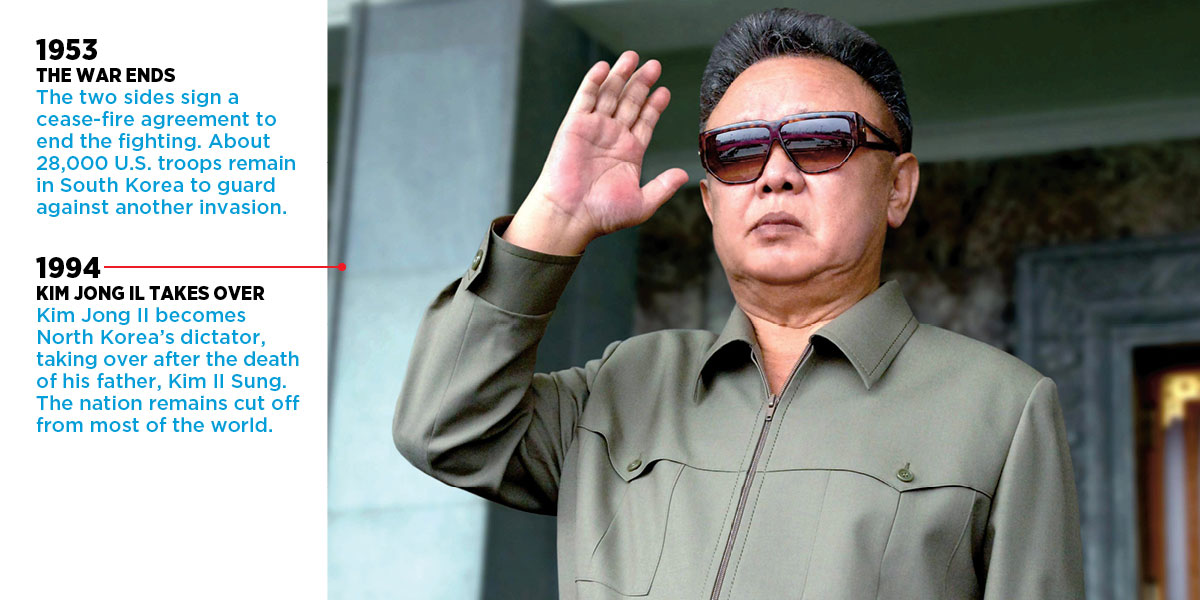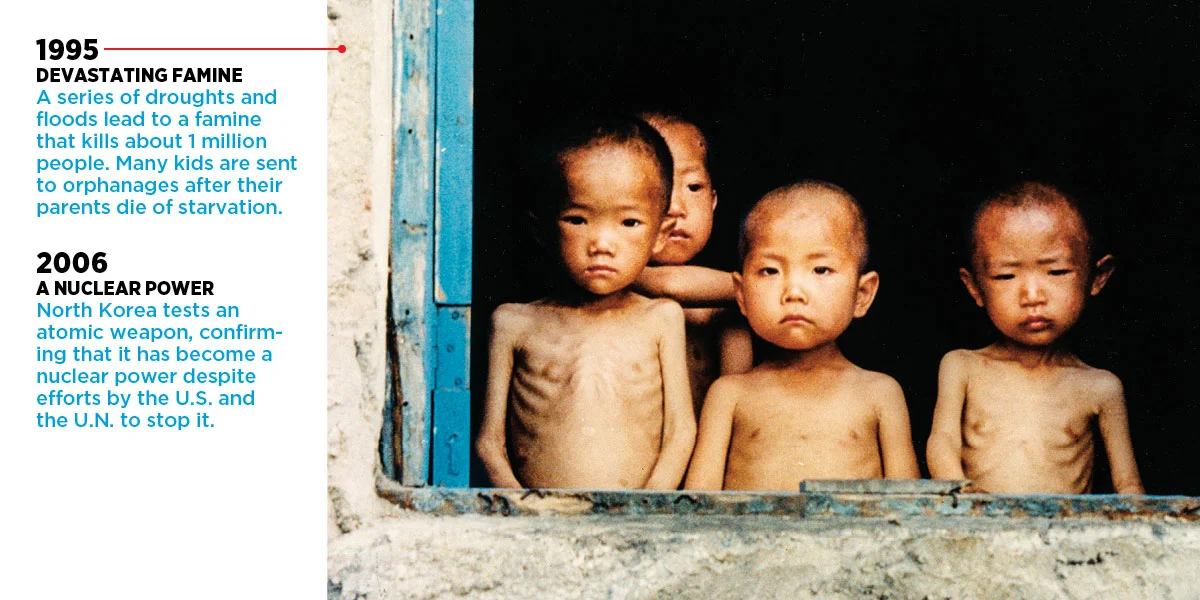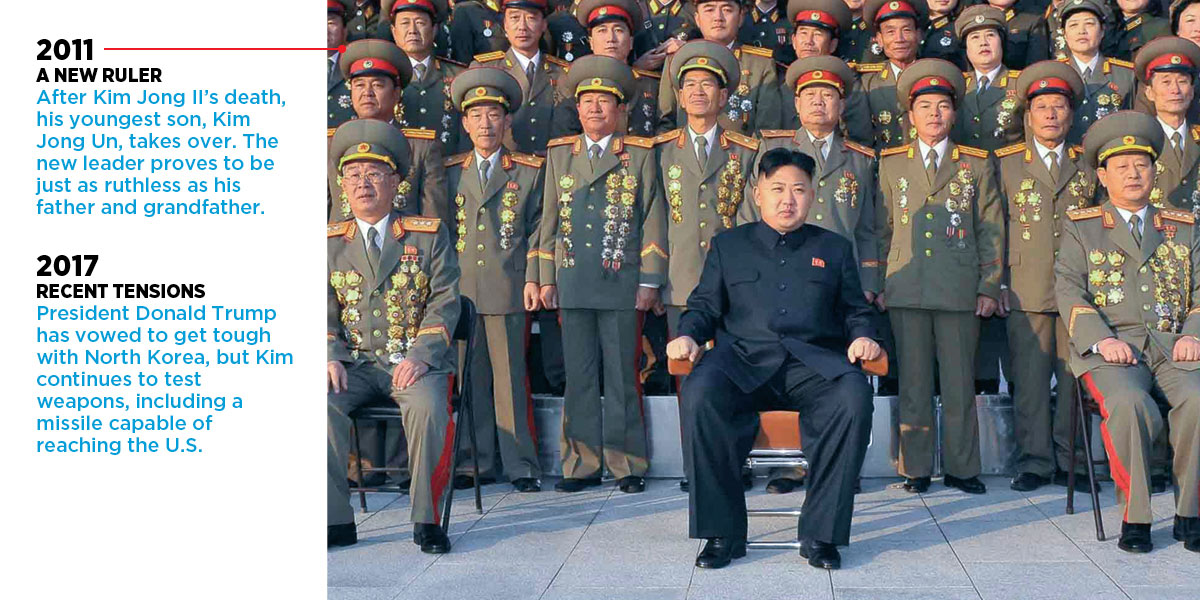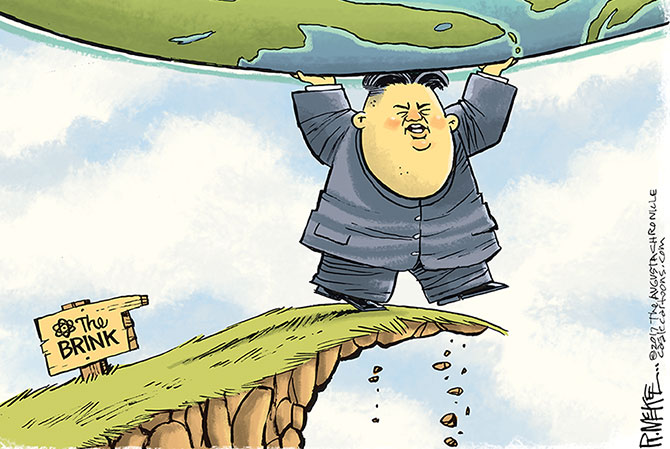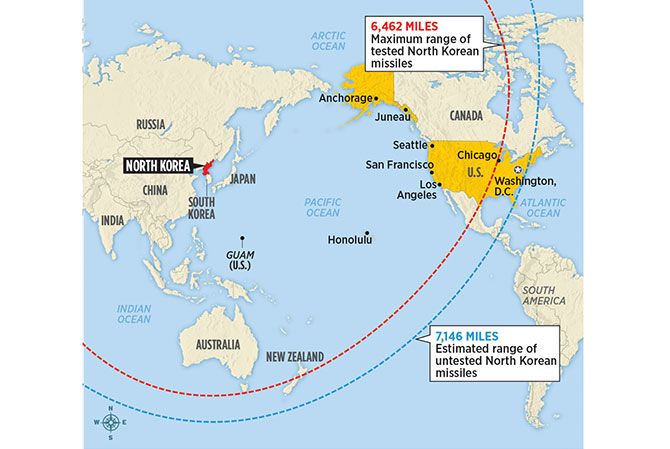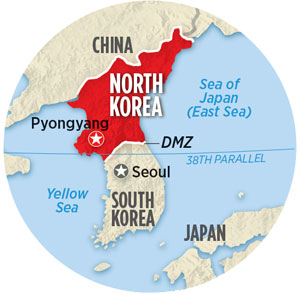
North Korea’s ruthless dictators have long had a hostile relationship with the United States, vowing to destroy America and wipe it off the map. For years, those warnings were mostly considered empty threats. But the Communist nation may soon be able to back them up.
In July, North Korea tested an intercontinental ballistic missile that experts say is capable of reaching many U.S. cities. It’s a milestone in North Korea’s military capability that recent American presidents have said could not—and would not—be tolerated.
The missile test is “extremely important,” says Bruce Klingner, a North Korea expert at the Heritage Foundation. “It shows that the threat is very imminent.”

